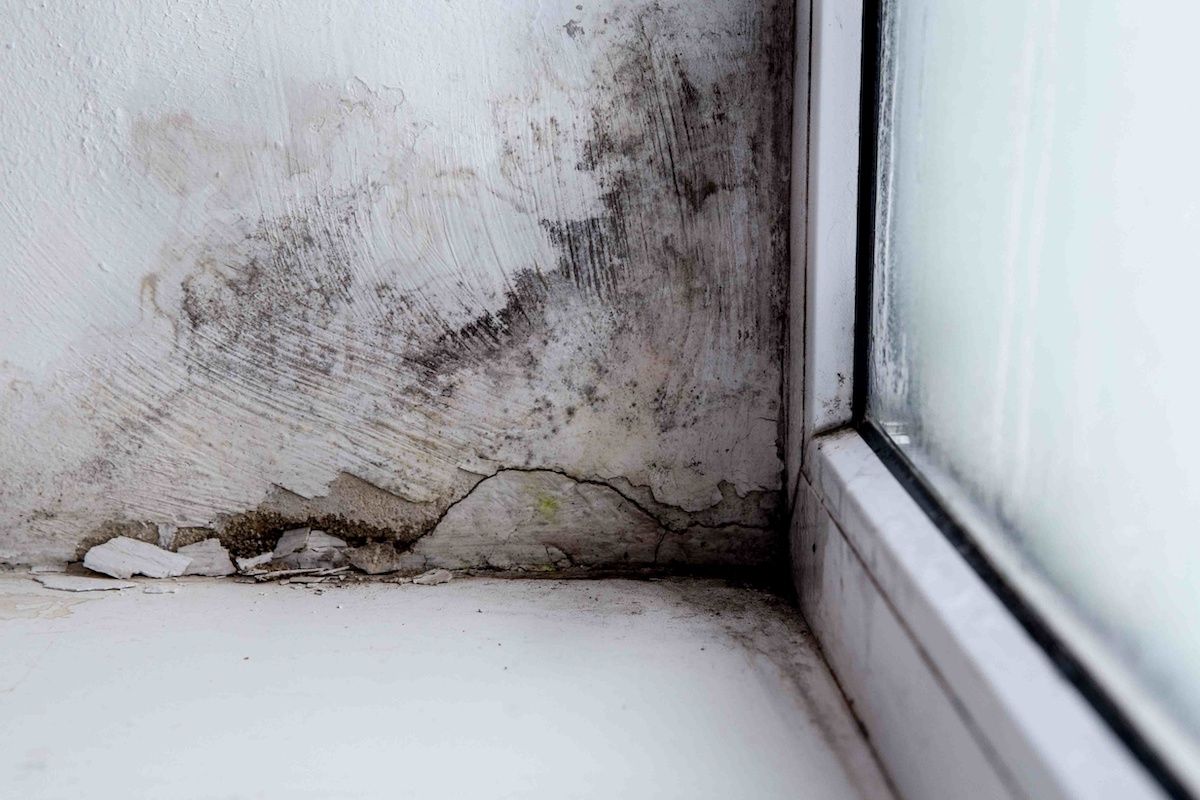Testing Air Quality After Mold Remediation
Testing Air Quality After Mold Remediation
Blog Article
Your Ultimate Overview to Message Mold Removal Methods
In the aftermath of mold problem, understanding how to properly get rid of the mold and avoid its reoccurrence is critical for preserving a healthy interior setting. From picking the best cleansing and sanitizing methods to implementing methods for long-term mold avoidance, each action in the removal journey plays a critical role in making sure an effective result.
Comprehending Post-Mold Removal Refine
After completing the mold remediation process, it is critical to recognize the post-mold removal techniques that are needed to make certain a efficient and complete cleaning. Once the mold has actually been gotten rid of, the following action entails cleaning and disinfecting the influenced locations to stop any type of regrowth of mold. This includes making use of specialized cleaning up agents to clean down surface areas and kill any kind of continuing to be mold spores. It is necessary to dry out the location entirely to prevent the growth of mold in the future (testing air quality after mold remediation). Appropriate ventilation and dehumidification can aid in this process.
Furthermore, performing a last examination post-remediation is crucial to make certain that all mold and mildew has actually been effectively eliminated. If the inspection reveals any kind of sticking around mold and mildew, extra remediation may be necessary.
Efficient Cleaning Up and Sanitizing Techniques

Stopping Future Mold Growth

Importance of Proper Ventilation
Correct air flow plays an essential role in stopping dampness accumulation, a key factor in mold and mildew growth within interior environments. Reliable air flow systems help get rid of excess moisture from the air, reducing the opportunities of mold spores discovering the dampness they need to sprout and spread. Without ample air flow, interior rooms can end up being a breeding place for mold, resulting in prospective wellness risks and structural damages.
By guaranteeing correct air blood circulation, ventilation systems can also aid in drying damp areas quicker after water damages or flooding occurrences, better discouraging mold and mildew growth. Post Mold Remediation. Precede like restrooms, kitchen areas, attics, and cellars where moisture levels have a tendency to be greater, installing and maintaining reliable ventilation systems is crucial in preventing mold infestations

Tracking and Upkeep Tips
Offered the this post critical role that proper air flow plays in protecting against mold development, it is imperative to develop reliable tracking and maintenance ideas to make certain the ongoing capability of ventilation systems. Routine examinations of air flow systems need to be carried out to inspect for any kind of indicators of blockages, leakages, or malfunctions that can hamper proper air flow. Monitoring humidity levels within the residential property is also crucial, as high moisture can add to mold and mildew development. Setting up a hygrometer can help track humidity degrees and sharp homeowners to any spikes that might require interest. Additionally, making sure that air filters are regularly cleaned up or changed is important for preserving the efficiency of the air flow system. Carrying out a schedule for regular upkeep tasks, such as duct cleaning and a/c system assessments, can aid stop problems prior to they escalate. By staying attentive and proactive to the problem of ventilation systems, residential property proprietors can successfully reduce the risk of mold and mildew regrowth and maintain a healthy and balanced indoor environment.
Verdict
In verdict, post-mold remediation techniques are crucial for making certain a tidy and safe environment. Recognizing the process, implementing reliable cleaning and disinfecting methods, protecting against future mold growth, preserving proper air flow, and regular surveillance are all vital action in the removal process. By adhering to these guidelines, you can efficiently get rid of mold and mildew and avoid its return, promoting a healthy and balanced living or working space for all passengers.
In the consequences of mold and mildew infestation, understanding how to properly remove the mold and avoid its reoccurrence is extremely important for preserving a healthy and balanced indoor atmosphere. As soon find here as the mold has been gotten rid of, the next step entails cleansing and sanitizing the influenced locations to avoid any kind of regrowth of mold and mildew - testing air quality after mold remediation. After removing visible mold and mildew development, it is essential to clean up all surface areas in the damaged area to get rid of any type of staying mold and mildew spores. To further enhance mold prevention procedures, it is crucial to address underlying issues that at first led to mold advancement.Provided the important duty that correct air flow plays in preventing mold growth, it is crucial to develop reliable surveillance and upkeep tips to guarantee the continued functionality of ventilation systems
Report this page